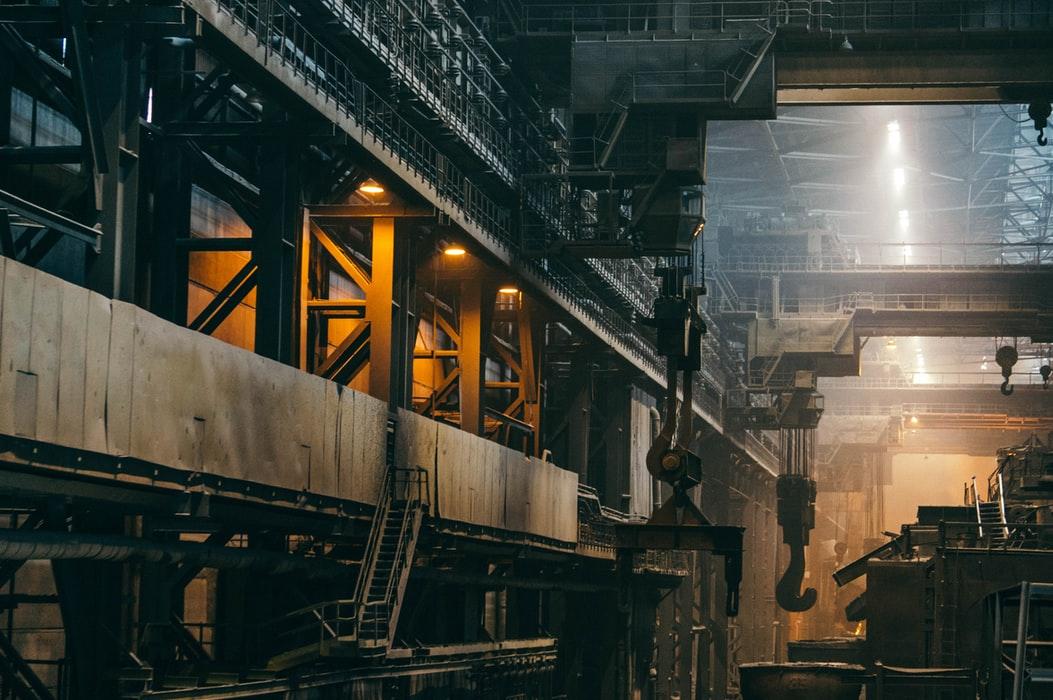
The ageing of machines in the manufacturing industry can raise issues at all levels, from business owners to operators and maintenance engineers. As assets age, replacement or spare parts can become difficult to obtain with a high cost attached to their purchase.
Not only that, but repairs for machinery may also become more expensive and can take much longer. However, it is often not as simple as replacing an aging machine, whether due to cost, the function of the machine or compatibility with existing technology and infrastructure. Today’s focus is on the considerations around obsolescence and how an ageing machine doesn’t always mean you should replace it.
Managing risk
Put simply, in the context of manufacturing plant and machinery, obsolescence refers to machinery aging and becoming outdated or no longer fit for purpose. The risks are broad in the context of operating in a manufacturing environment without interruption, breakdowns or accidents.
The high costs associated with obsolete machinery puts it front and centre when evaluating obsolescence risks in manufacturing. Creating a concrete long-term obsolescence plan for your company can help build obsolescence management into your business strategy in order to set priorities, decrease risk and manage costs. This will help you identify immediate risks as well as opportunities to upgrade or life extend existing machinery.
The number one risk of obsolescence is the potential loss of capability. A recent global study estimated that instances of downtime lose around £2 million for 82 per cent of businesses. Most businesses reported at least one instance of unexpected downtime over the past three years. This costs a business an average of £260,000 an hour.
Managing repairs
Replacing obsolete assets with new ones is not always possible, nor is it necessarily the best option. In certain situations, there may not be a like-for-like replacement so adaptations to existing infrastructure or facilities may be needed to fit a new machine, which has further time and cost implications.
Depending on the size, power, and application of a machine, even complex repairs can work out cheaper than investing in a replacement. If parts are no longer available or on a long lead time, specialist engineering companies can reverse engineer a vast range of components, utilising technology such as 3D scanners for pin-point accuracy.
Use a repair company that specialises in life extension and managing obsolescence and you may be able to give an asset a new lease of life and even increase its performance. For example, it has been shown that in the context of electric motor repair and rewind, efficiency can be maintained or even improved when following established good practice from an accredited service centre. This may be a more pragmatic option than heading straight for a new product, proving both economical and environmentally friendly.
Analysing upgrades
When it comes to making replacements, manufacturers should analyse which assets should be replaced well in advance of them reaching their end of life. Making replacements before machines fail or become obsolete will likely save the company money in the long run as an upgrade prevents the need to track down hard-to-come-by or obsolete parts in a downtime emergency. It is often worth considering all the options. Can certain components be replaced? Can the existing asset be life extended? Knowing your options is a key part of developing your obsolescence plan.
The benefits of planning
No greater benefit to a company exists than preventing loss of revenue that could easily be avoided. By planning ahead, you can keep on top of an obsolescence plan and can strengthen your reputation with your customer base. Preventive maintenance, when planned and executed well, can extensively reduce overall maintenance costs and increase productivity.
Using a third-party provider to also manage repairs of ageing machinery is also a useful way to minimise risk and keep costs lower than having to react at the last minute and buy new machinery. While creating an obsolescence strategy to reach any kind of success is no easy process, manufacturing companies can benefit from the resources and external parties out there, who will help to maximise the benefit of careful preparation and implementation.
Content provided by Houghton International